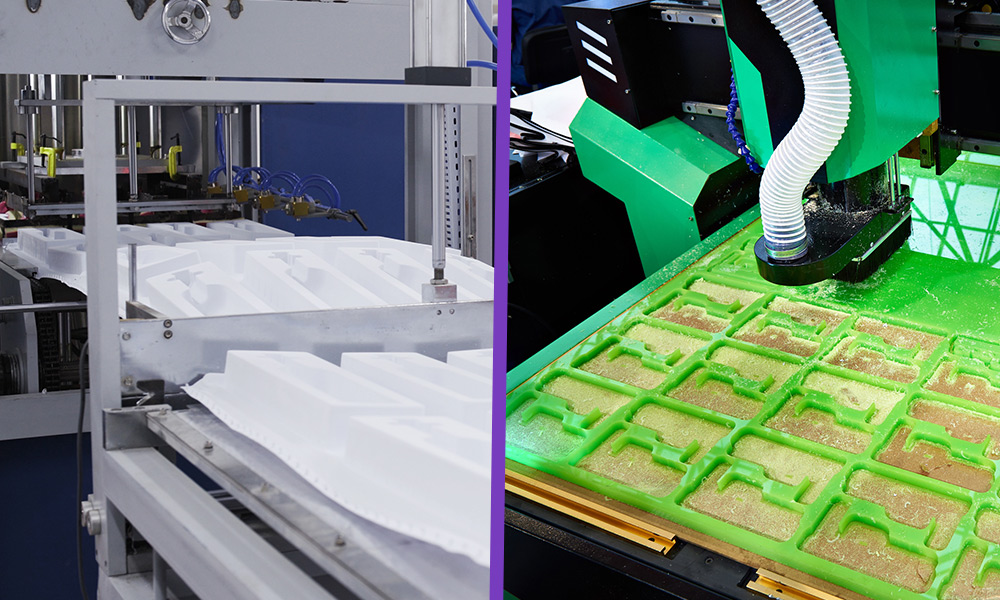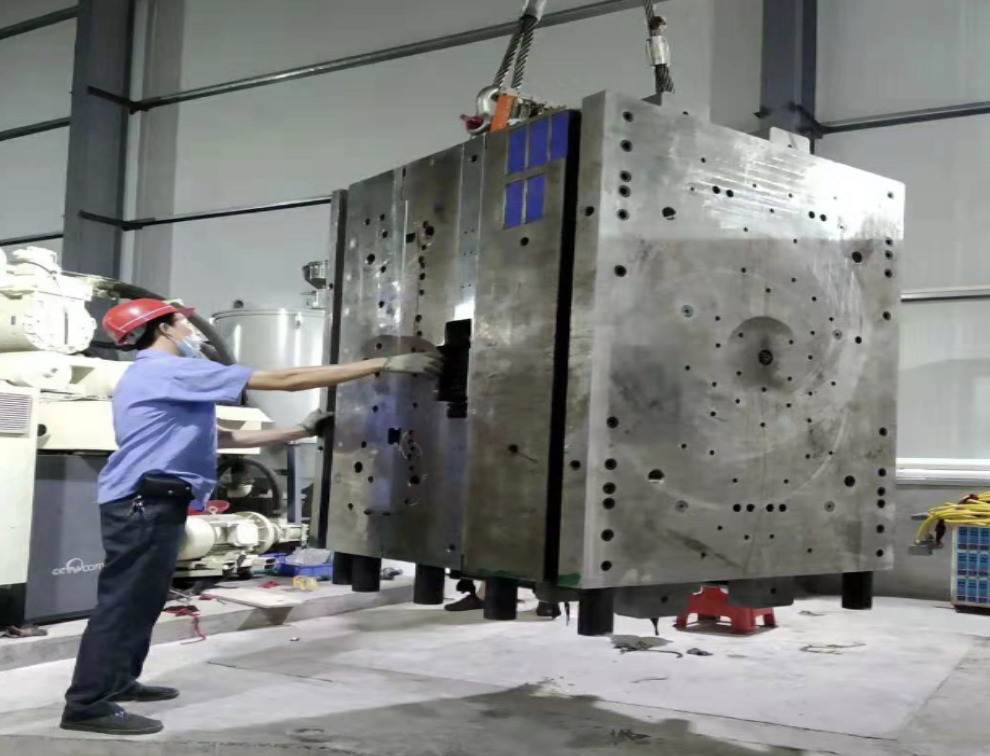The Influence of Plastic Injection Molding on Reducing Manufacturing Prices and Waste
The Influence of Plastic Injection Molding on Reducing Manufacturing Prices and Waste
Blog Article
Comprehending the Essentials of Plastic Injection Molding Processes
Plastic injection molding works as a foundation of modern-day manufacturing, offering a methodical approach to generating complicated elements with precision. This process not just incorporates the fundamental steps of melting and infusing materials right into mold and mildews however additionally involves a nuanced understanding of various influencing elements, such as temperature and pressure. As industries significantly require performance and high quality, the intricacies of this methodology end up being much more vital. Exploring these important components can reveal how even minor modifications can lead to substantial enhancements in manufacturing results, questioning concerning the capacity for development in this well established process.
What Is Plastic Shot Molding?
Plastic shot molding is a commonly made use of manufacturing process that changes thermoplastic and thermosetting products into exact and complicated forms. This method is preferred for its capacity to generate high quantities of similar get rid of phenomenal precision, making it an indispensable technique in various sectors, including vehicle, customer goods, and clinical tools.
The process involves melting the picked plastic material and infusing it right into a mold and mildew under high pressure. The mold and mildew, made to the specifications of the wanted component, enables the molten plastic to take shape as it solidifies and cools down. Once the material has actually hardened, the mold is opened up, and the finished component is expelled.
Plastic injection molding offers numerous benefits, consisting of lowered waste, consistency in production, and the capability to integrate detailed designs that may be testing with other making methods. Furthermore, it supports a wide series of materials, each giving distinct residential properties that can be customized for specific applications. As markets continue to introduce, plastic injection molding remains at the center, making it possible for the advancement of advanced items that satisfy developing consumer demands.
The Injection Molding Refine
The injection molding process is a sophisticated technique that entails a number of crucial phases to produce high-grade plastic elements. Plastic pellets are fed right into a warmed barrel where they are thawed right into a thick liquid. This molten plastic is after that injected under high pressure into a precision-engineered mold, which shapes the product right into the desired kind.
When the mold and mildew is filled, the plastic is allowed to cool and strengthen, taking the shape of the mold and mildew tooth cavity. Cooling time is critical, as it affects the cycle time and the last residential properties of the molded part. After sufficient air conditioning, the mold and mildew opens, and the ended up element is ejected making use of ejector pins.

Products Used in Shot Molding
Numerous materials can be used in the injection molding procedure, each offering distinct properties that provide to specific applications. One of the most typically utilized products include thermoplastics, thermosetting plastics, and elastomers.

Thermosetting plastics, like epoxy and phenolic resins, undergo a chemical change during the curing procedure, resulting in a rigid, inflexible structure. These materials are excellent for applications calling for high heat resistance and architectural integrity, usually utilized in vehicle components and electric insulators.
Elastomers, consisting of silicone and rubber-based products, supply adaptability and durability. Their distinct properties make them ideal for applications that demand flexibility, such go right here as gaskets and seals.
In addition, specialized products like bio-based plastics and composites are obtaining grip for their ecological benefits and boosted performance attributes, broadening the extent of shot molding applications in different markets. Recognizing the buildings of these materials is critical for selecting the appropriate kind for certain tasks.
Benefits of Shot Molding
Shot molding stands out as an extremely efficient manufacturing procedure that offers countless advantages for creating intricate components with precision. One of the most significant benefits is the capability to develop detailed layouts that would certainly be difficult or challenging to accomplish with other methods (Plastic Injection Molding). The procedure permits tight tolerances and in-depth attributes, ensuring top notch components
Additionally, shot molding is known for its fast production capacities, making it an excellent choice for high-volume production. Once the mold and mildew is produced, components can be produced quickly, reducing lead times and raising total performance. This efficiency not just lowers production costs but likewise provides a competitive side in the market.
The convenience of materials made use of in shot molding additionally enhances its appeal. A variety of thermoplastics and thermosetting polymers can be employed, permitting makers to choose materials that finest meet their certain demands, consisting of heat, flexibility, and toughness resistance.
Moreover, the process minimizes waste, as excess product can usually be reused and reused. This sustainability aspect adds to a lowered environmental influence, making injection molding a responsible production choice. Overall, the advantages of injection molding make it a favored technique for lots of industries.
Aspects Impacting Item Top Quality
While many aspects can influence item top quality in injection molding, understanding these elements is important for accomplishing optimum results. Secret aspects include material selection, processing criteria, and mold design.
Material option plays a crucial role, as various polymers exhibit unique buildings that influence flowability, toughness, and thermal stability. Insufficient material option can cause defects such as warping or incomplete filling.
Processing specifications, consisting of cycle, stress, and temperature time, need to be thoroughly controlled. Variants in these settings can lead to disparities in part dimensions and surface coating. For circumstances, exceedingly high temperatures might trigger degradation of the polymer, while inadequate pressure can cause brief shots.
Mold style is similarly important, as it identifies the circulation of the molten plastic and the cooling procedure. Poorly developed mold and mildews might bring about uneven air conditioning prices, resulting in recurring stresses and dimensional inaccuracies.

Final Thought
To conclude, plastic shot molding functions as a critical production procedure that allows the effective production of high-quality components. Proficiency of the shot molding procedure, consisting of the understanding of products and the impact of various elements on item quality, is important for accomplishing optimum outcomes. The advantages of this technique, such as cost-effectiveness and layout versatility, more emphasize its importance throughout multiple sectors, strengthening its standing as a recommended choice for high-volume production.
Plastic injection molding serves as a keystone of contemporary manufacturing, offering a methodical approach to producing complicated parts with accuracy.Plastic injection molding offers several benefits, consisting of decreased waste, uniformity in manufacturing, and the capacity to incorporate detailed layouts that may be testing with other making methods (Plastic Injection Molding). As industries proceed to innovate, plastic injection Your Domain Name molding stays at the leading edge, making it possible for the development of innovative products that satisfy progressing customer needs
The shot molding process is an advanced method that entails a number of vital stages to create top quality plastic elements.In conclusion, plastic injection molding serves as an essential manufacturing procedure that makes it possible for the effective production of premium parts.
Report this page